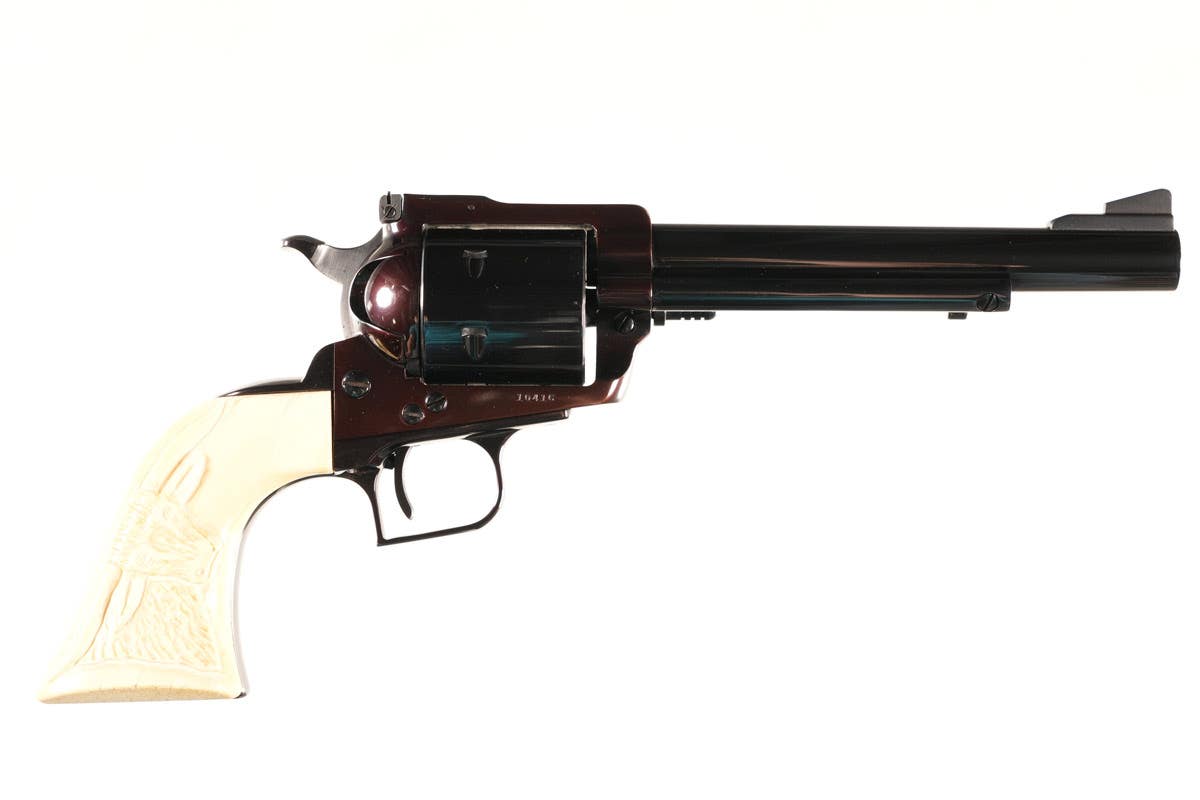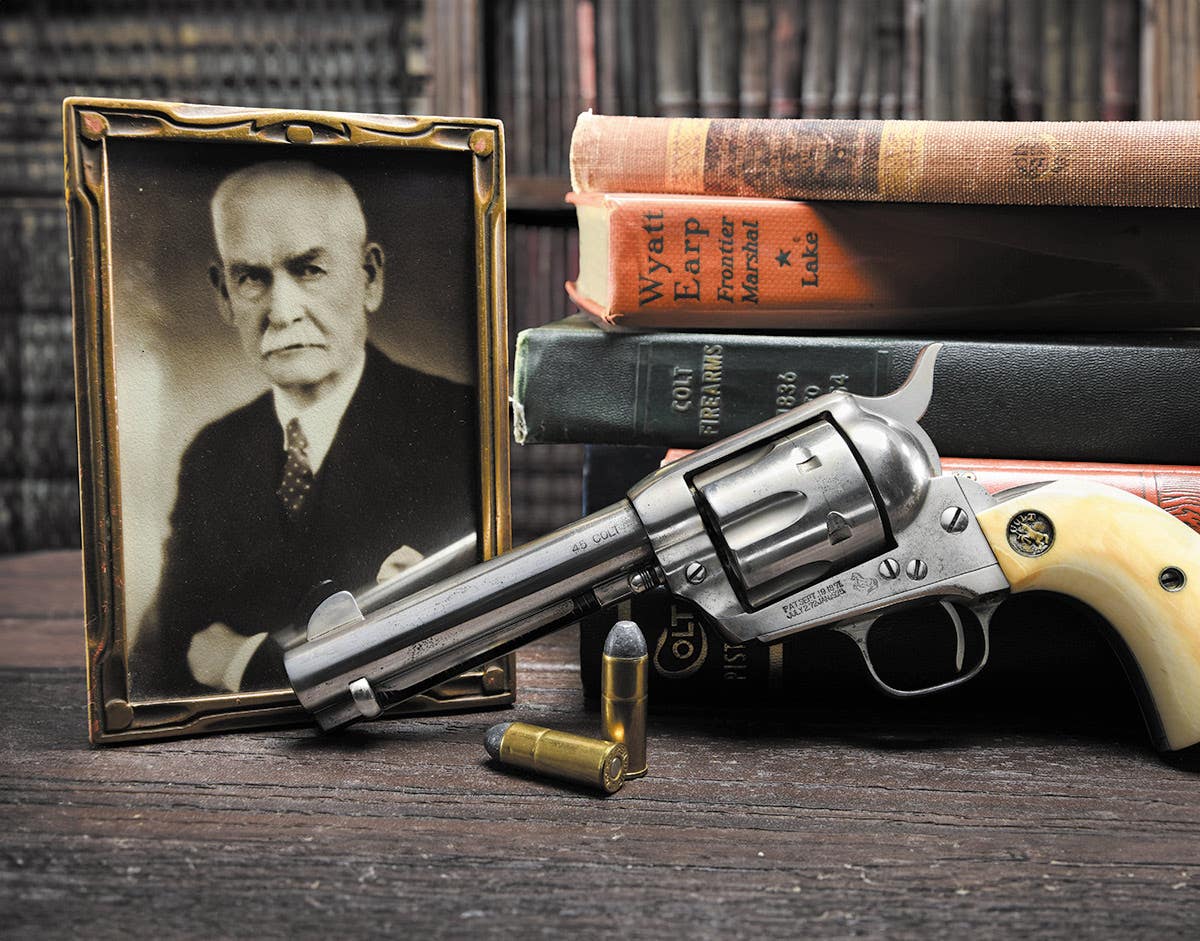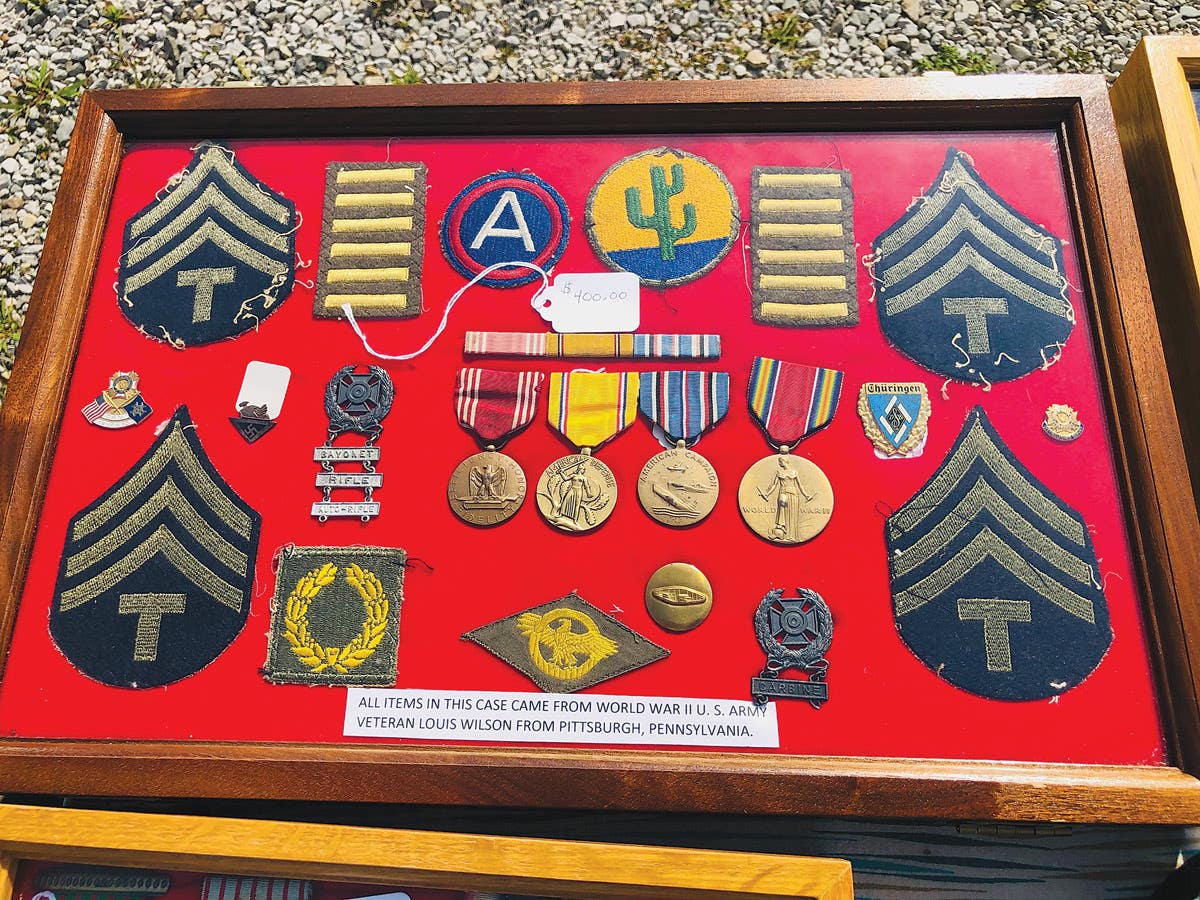Spring auction of the Hermann Historica oHG is set
The 64th auction of the renowned specialised auction house offersa wide variety from all collection fields of history and military history MUNICH — From April 23 to May 4, this…
The 64th auction of the renowned specialised auction house offers
a wide variety from all collection fields of history and military history
MUNICH -- From April 23 to May 4, this year's spring auction of the Hermann Historica oHG will take place, as usual with a wide range of high-quality offerings. Approximately 6,800 lots from all areas of the auction house – antiquities, arms and armour, arts and crafts, hunting collectibles, orders as well as collectibles from history and military history – will be offered for bidding.
Arms and armour, arts and crafts
Traditionally, the chapter of antique arms will be opened by hunting collectibles as well as arts and crafts. The most beautiful designs are often created by nature, a fact that is proven by the impressive tusks of the narwhals again and again. The one present features the typical helical growth structure and is, at a length of 2.50 metres, an exceptionally rare exemplar - a significant tusk with its very own aesthetics that can be won for at least 9,000 Euros.
The edged weapons offered for bidding range in the time of their origin from the High Middle Ages to the 18th century. An unusually long, i.e. 1.135 metres, and striking medieval sword from the twelfth century impresses by high-quality decorations and two-line majuscule inscriptions in gold and silver. It will be introduced at 4,500 Euros. At least 8,500 Euros will have to be spent for an Italian falchion with a pommel shaped like a bird's head and remnants of the fire-gilding on the hilt, from circa 1560. For this high-quality weapon in untouched original condition the provenance of the Boissonnas Collection is proven. Of a more recent date, but just as interesting are two edged weapons from the 18th century. A chiselled and gilt French small-sword from circa 1760 convinces by its sophisticated workmanship as well as by its beautiful condition. It can be purchased for at least 3,600 Euros. With princely provenance and in equally beautiful untouched condition, a silver-mounted hunting hanger from the possessions of a Count of Erbach will be offered for bidding. Finely decorated with tendril ornaments, motto, coat of arms and princely hat, this South German weapon from 1730 will be introduced at 3,500 Euros.
High-quality helmets such as an Italian morion from 1600 that can be won for at least 5,000 Euros, as well as objects of extreme rarity such as a bone-inlaid, sensationally crafted hunting and sporting crossbow from the workshop of Johann Gottfried Hänisch in Dresden, first quarter of the 18th century, with a minimum price of 12,500 Euros, top off the assortment in this chapter.
Historical and Military Historical Collectibles
Once again, the chapter of militaria contains the most exceptional items. The demand for memorabilia from the Bavarian royal house has remained unwavering, and the presentation brooch of King Ludwig II of Bavaria (1845 – 1886) can be seen as an outright sensation which now will be offered for sale. The blue medallion features a golden mirror monogram and is set with approximately 60 diamond roses. Considering the period, it was an extremely expensive present that was only given to the king’s closest personal confidants. This exclusive piece will be offered for bidding at 10,000 Euros.
Prussia, however, is particularly well represented in terms of uniforms, an example of which is the complete, very colourful estate of uniforms of a Gefreiter (private) of the 3rd Squadron of the Leibhusaren-Regiment. The extremely rare matching group of uniforms with an impressive red attila can be won for at least 8,000 Euros. Even rarer are the objects originating from the personal possessions of Prince Henry of Prussia (1862 – 1929), the brother of Kaiser Wilhelm II (1859 – 1941). The auction of the white cap for naval officers and the jacket as grand admiral, from the personal uniform ensemble of the admired naval officer and member of the imperial family, will begin at 12,000.
A piece of evidence of a closely related German-French historical detail is put up for auction with the sabre of honour manufactured in the Alsatian Klingenthal and dating from the end of the 18th century. Until the end of the 1730s France had no own production of edged weapons and until then obtained them mainly from Solingen. With the establishment of the respective industry, craftsmen from Solingen had massively been recruited for the development of the new workshops. The present weapon of honour with finely etched and gilt blade from the final phase of the French Revolution or the early years of Napoleon Bonaparte (1769 – 1821) is offered for bidding at 15,000 Euros.
Among the numerous orders and decorations offered, one especially rare and accordingly valuable Russian Order of St. George from the mid-19th century stands out. This rare enamelled piece is up for sale for 15,000 Euros. An Order of St. Anne, awarded for bravery, is applied on an officer’s shashka M 1909. The blade of the Russian sabre is decorated with the etched tsar's cipher, a floral cartouche as well as the Russian double-headed eagle and is estimated at 5,500 Euros.
Fine antique and modern firearms
This spring the assortment of high-quality antique firearms is once again very exclusive, ranging from a rare marked Augsburg wheellock carbine, crafted circa 1560/70, up for sale for 10,000 Euros; to a Cieszyn wheellock rifle from 1650 decorated with lavish mother-of-pearl and bone inlays and estimated at 15,000 Euros; to a cased pair of finely manufactured French percussion pistols from Bethune, circa 1860, with florally engraved locks and complete accessories, introduced at 4,000 Euros.
Decidedly rare objects can also be found among the weapons of modern systems, such as a Parabellum pistol carbine 1902 with detachable stock and in 7.65 calibre in near mint overall condition that can be purchased for at least 9,000 Euros, or a Borchardt C 93, from the Loewe manufacture, circa 1895, in 7.56 calibre at a starting price of 7,000 Euros, and a Mauser scope rifle 98 k in 8 x 57 calibre, estimated at 3,500 Euros.
All prices are net prices and are to be understood plus 23 percent surcharge. The pre-sale viewing will take place from 16 to 22 April and from 30 April to 1 May 2012 on the premises of the Hermann Historica oHG.








